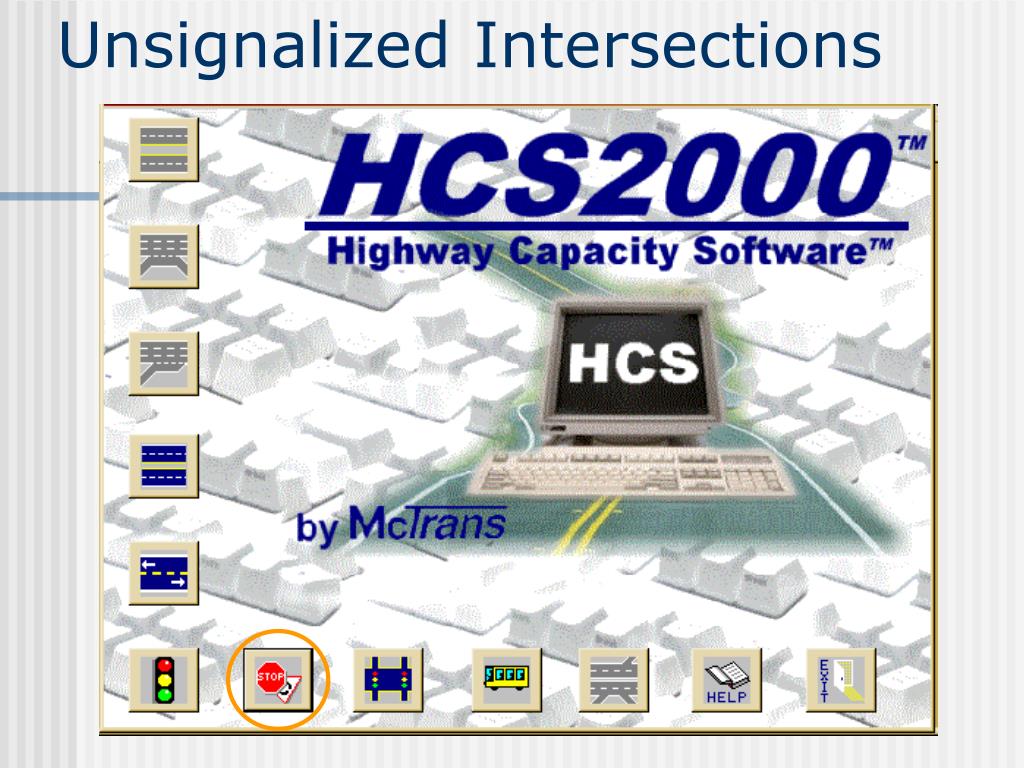Focus groups were conducted in several cities throughout the United States and Canada between June 2002 and July 2003 to gain insight into the use of the newly released 'Highway Capacity Manual' (HCM) 2000 and to understand better how professionals choose advanced modeling tools. Part I of the HCM 2000 was noted as being a good reference for both laypersons and those working with the HCM on a daily basis. Part V was noted as needing improvement to be useful to professionals, including more specific information regarding model strengths and weaknesses. In regard to the use of computer-based models, more than 80% of the participants use the HCM and the Highway Capacity Software to analyze operational performance and estimate capacity of highway systems. For advanced modeling techniques, 70% of those surveyed turn to SYNCHRO, but few participants could say why they had chosen a particular software package other than being directed by a sponsor agency to use it. It is noted that focus groups are a useful means to obtain qualitative and quantitative information regarding the use of the HCM 2000 and to identify areas of the manual that need improvement and further research. In addition, the information gleaned from this study points to the need for guidance regarding the selection and application of advanced transportation modeling tools. Finally, it is noted that additional focus groups should be held to include opinions from other user groups including planners, decision makers, and designers.
- Record URL:
- https://doi.org/10.3141/1883-20
- Summary URL:
- http://scholar.google.com/scholar_lookup?title=%22HIGHWAY+CAPACITY+MANUAL%22+AND+HIGHWAY+CAPACITY+SOFTWARE+2000+AND+ADVANCED+TRANSPORTATION+MODELING+TOOLS%3a+FOCUS+GROUP+FINDINGS&author=A.+Flannery&author=A.+Anderson&author=A.+Martin&publication_year=2004
- Availability:
- Find a library where document is available. Order URL: http://www.trb.org/Main/Public/Blurbs/155481.aspx
- Supplemental Notes:
- This paper appears in Transportation Research Record No. 1883, Traffic Flow Theory and Highway Capacity and Quality of Service 2004.
- Corporate Authors: 500 Fifth Street, NW
Washington, DC United States 20001 - Authors:
- Flannery, A
- Anderson, A
- Martin, A
- Publication Date: 2004
This release of the Highway Capacity Software (HCS7) includes updated modules to implement the Highway Capacity Manual 6th Edition (HCM6) procedures for Signalized Intersections, Urban Streets, Alternative Intersections, Roundabouts, Freeway Facilities, Basic Freeway Segments, Freeway Weaving Segments, Freeway Merge & Diverge Segments, and Multilane Highways, while the methodologies for Two-Way Stop Control, All-Way Stop Control and Two-Lane Highways unchanged. Highway Capacity Software Developed and maintained by McTrans o Originally founded by the FHWA in 1986 as the Center for Microcomputers in Transportation (McTrans) o Now a full-service software support center, associated with the University of Florida HCS 2010 o HCS 2010 implements the procedures defined in the Highway Capacity Manual.
Language
- English

Media Info
- Features: Figures; References; Tables;
- Pagination: p. 176-184
- Monograph Title: TRAFFIC FLOW THEORY AND HIGHWAY CAPACITY AND QUALITY OF SERVICE 2004
- Serial:
- Issue Number: 1883
- Publisher: Transportation Research Board
- ISSN: 0361-1981
Subject/Index Terms

- TRT Terms: Computer models; Focus groups; Highway capacity; Improvements; Research; Software packages
- Identifier Terms: Highway Capacity Manual; Synchro (Computer program)
- Uncontrolled Terms: Advanced transportation models
- Geographic Terms: Canada; United States
- Subject Areas: Highways; Operations and Traffic Management; Research; I71: Traffic Theory;

Filing Info
Highway Capacity Manual Software Pdf
- Accession Number: 00983372
- Record Type: Publication
- ISBN: 030909478X
- Files: TRIS, TRB, ATRI
- Created Date: Dec 21 2004 12:00AM